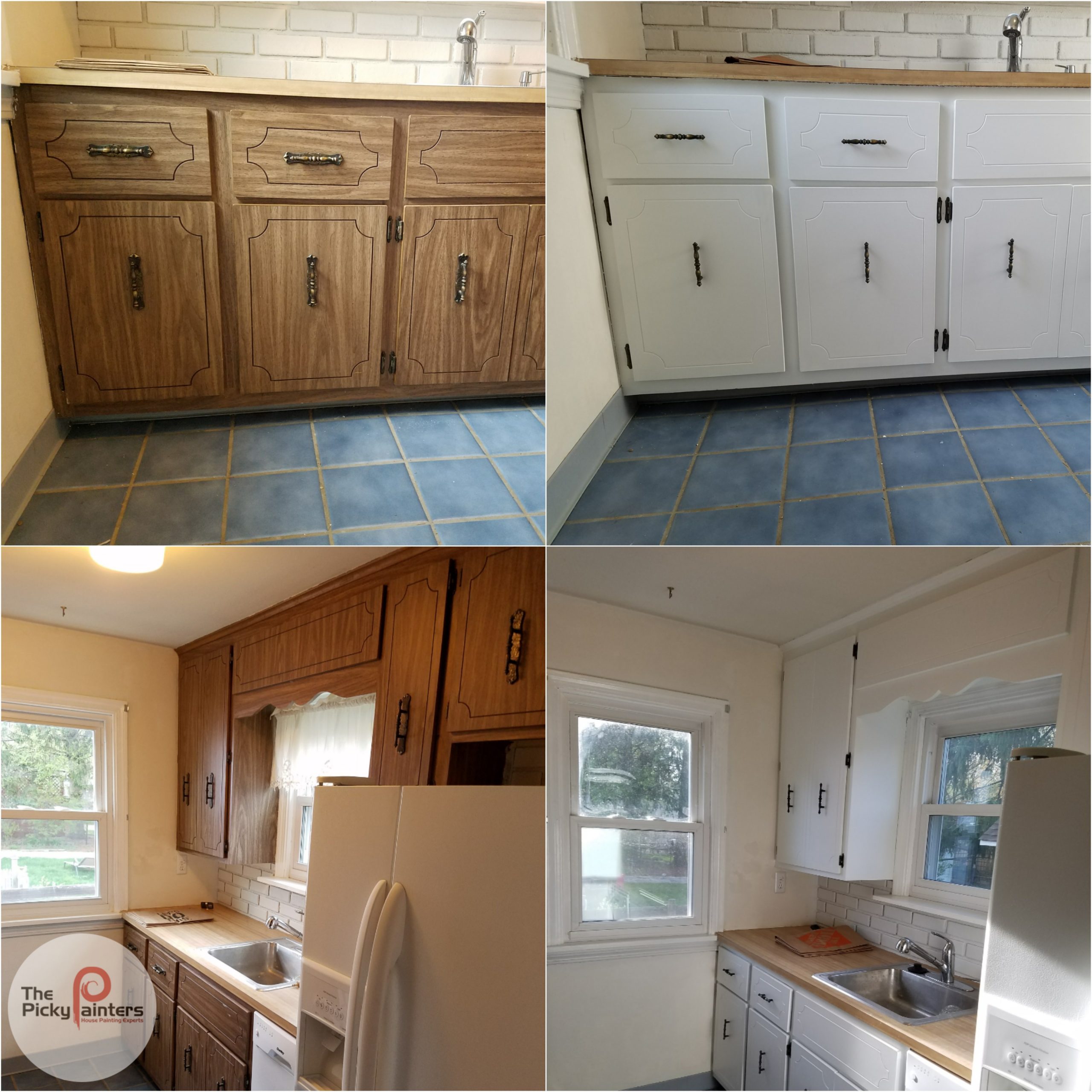Post-Removal Care and Refinishing: How To Remove Paint From Laminate Cabinets

The successful removal of paint from your laminate cabinets marks a significant step in your restoration journey. However, the true beauty of the project lies in the meticulous care and attention given to the post-removal process. This phase is crucial for ensuring the longevity and aesthetic appeal of your newly revealed laminate surfaces. Proper preparation and sealing will safeguard your cabinets from future paint adhesion and enhance their natural radiance.
How to remove paint from laminate cabinets – Careful attention to detail in this final phase will reveal the true potential of your renewed cabinets. Consider this stage not merely as cleanup, but as an act of mindful restoration, revealing the inherent beauty of the material itself.
Cleaning and Surface Preparation, How to remove paint from laminate cabinets
Before any refinishing can begin, the laminate surface must be thoroughly cleaned and prepared. This removes any residual paint particles, debris, or cleaning agents that could interfere with the adhesion of a sealant. A clean surface is paramount for a lasting, protective finish.
- Begin by gently wiping the entire surface with a soft, damp cloth to remove loose dust and debris. Avoid excessive moisture to prevent water damage.
- Next, use a mild dish soap solution and a non-abrasive sponge or cloth to clean the surface. Rinse thoroughly with clean water and allow to dry completely.
- Inspect the surface for any remaining paint particles or stubborn residue. Use a plastic scraper (avoid metal to prevent scratching) to carefully remove any stubborn residue.
- Finally, use a tack cloth or a slightly damp microfiber cloth to remove any lingering dust particles before applying a sealant.
Laminate Repair
The paint removal process may have inadvertently caused minor damage to the laminate surface. Addressing these imperfections before sealing will ensure a smooth, even finish and prevent further issues.
- Small scratches can often be buffed out using a fine-grit sandpaper (2000 grit or higher) and a gentle, circular motion. Follow the sanding with a polishing compound designed for laminate surfaces to restore shine.
- For more significant chips or gouges, consider using a specialized laminate repair kit. These kits often contain fillers and matching color pigments to seamlessly blend repairs into the existing surface. Follow the manufacturer’s instructions meticulously.
- After any repairs, clean the area thoroughly to remove dust and debris before applying a sealant.
Protective Sealant Application
Applying a protective sealant is the final, yet crucial, step in the refinishing process. A high-quality sealant acts as a barrier, preventing future paint adhesion and protecting the laminate from moisture and scratches. The choice of sealant is important; some are specifically formulated for laminate surfaces and provide superior protection.
- Choose a sealant specifically designed for laminate surfaces. Read the manufacturer’s instructions carefully to understand application methods and drying times.
- Apply the sealant in thin, even coats using a high-quality brush or roller. Avoid applying too much sealant at once, as this can lead to drips or an uneven finish.
- Allow each coat to dry completely before applying the next. The number of coats required will depend on the sealant used and the desired level of protection. Always refer to the manufacturer’s recommendations.
- Once the final coat is dry, inspect the surface for any imperfections. Lightly sand any imperfections with fine-grit sandpaper and reapply sealant as needed.
